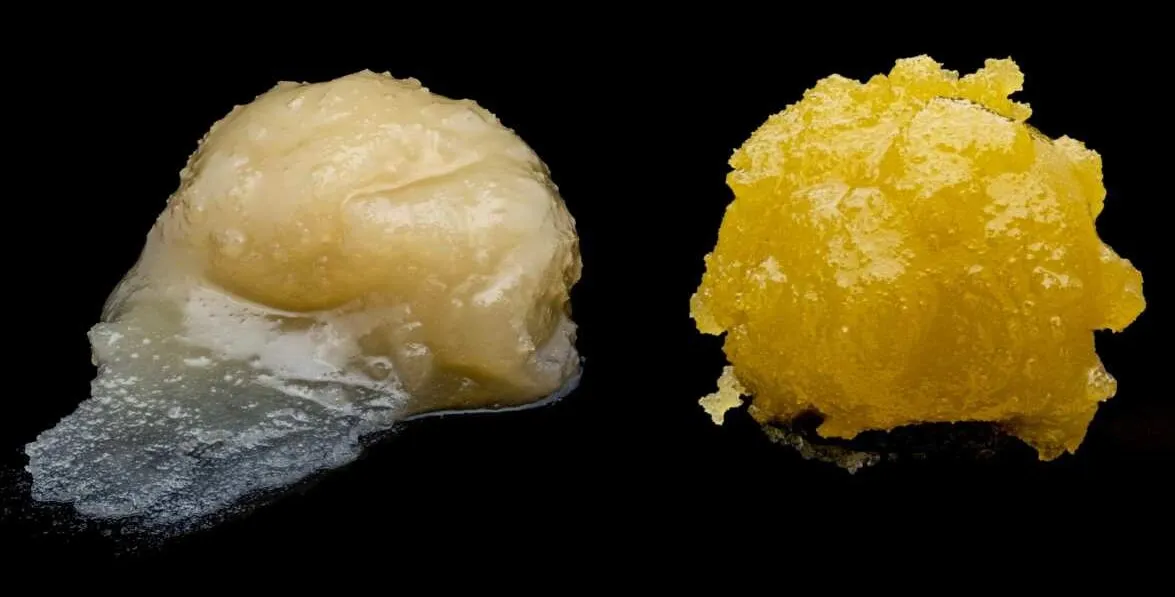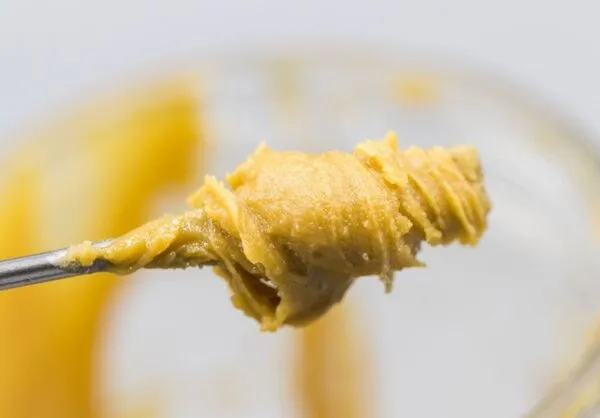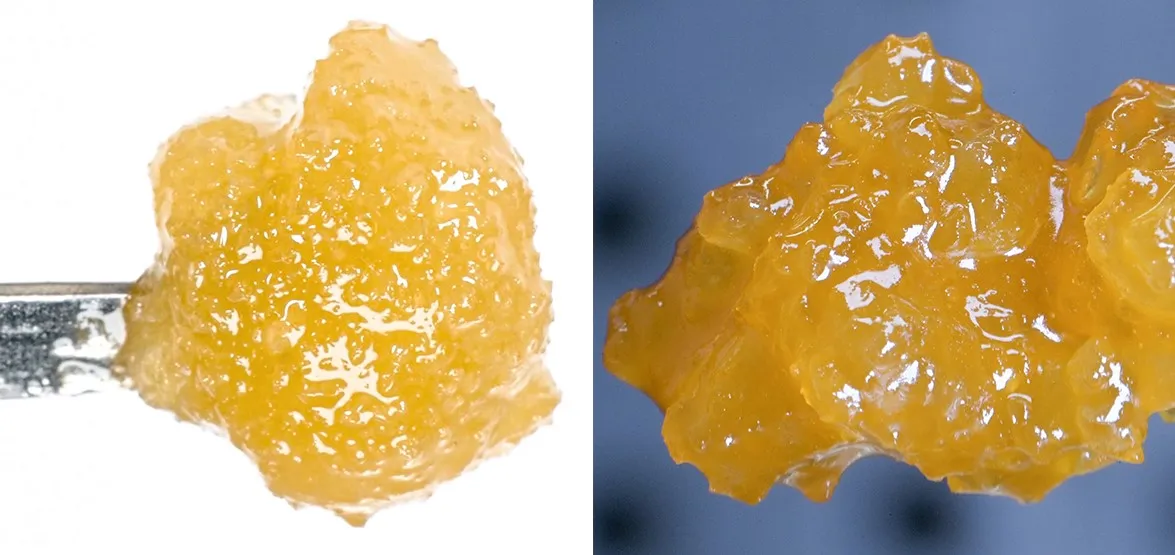When it comes to live resin and rosin, there are many variables to consider for both businesses and customers. Both concentrates may pique consumers’ interest while also being useful for brands in developing marketable, highly desired SKUs.
What exactly are rosin and live resin, and what is the difference between them? When you first walk into the sector, there’s always a lot of uncertainty. There’s never any shame in asking what live resin or rosin is, especially when you’re brand new to cannabis. These two extracts are just the beginning of a vast iceberg of concentrates. The kinds available between solventless and solvent-based extracts are seemingly infinite, but certain key distinctions allow clients to get a concentrate that best meets their requirements and budget.
Today, we’ll focus on the rosin vs resin debate and how both are made, as well as which one is better for consumers and businesses.
What’s The Difference Between Live Resin Vs. Rosin
Before diving into the nuances of live resin and live rosin, it is essential to mention that both are considered cannabis concentrates, or extracts, depending on who you ask. While they fall under the same broad umbrella, live resin and live rosin have substantial differences, essentially putting them on the opposite ends of the resin extract spectrum, despite being made from similar source material. The main difference between live resin and live rosin is that live rosin is a solventless extract.
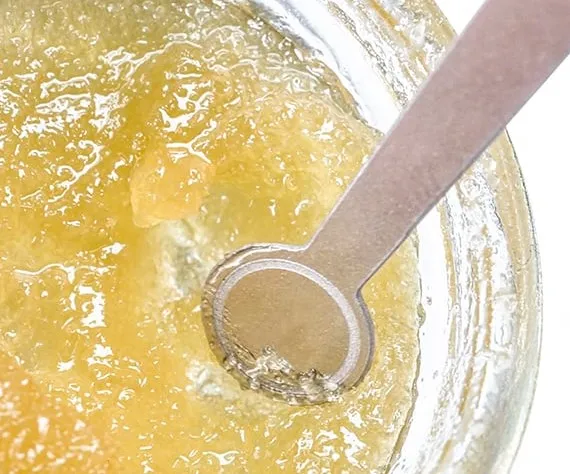
Using fresh frozen flower allows live resin to provide consumers with a product that retains significantly more of its original terpene profile. It’s typically well above any other solvent-based extracts that use dried-and-cured source material, giving it the upper hand when comparing live resin vs. non-live hydrocarbon options. The naturally retained terpenes in live resin tend to create a more enjoyable consumption experience than other solvent-based products that are often made with lower quality source material, or are blended with non-single source terpenes or distillate. Live resin helps provide more of the natural full-plant experience, which many proponents believe is the optimal way to experience a cultivar’s true effects.
The potency of live resin is a major selling feature of the full-plant experience. Live resin, like other extracted goods, helps to boost the strength of cannabis products considerably above flower. Live resin’s THC concentration can range from 65% to 95 percent depending on its origin material and production process.
On the other hand, live rosin is frequently considered to be the top concentrate on the market thanks to its robust aromas, flavor, and whole plant experience that are all possible without any solvents in the extraction process whatsoever. While live resin excels at terpene retention compared to other solvent options, live rosin is comparably terpene and cannabinoid rich, if not more so in some cases. Rosin is a time-honored extraction process that, as a technique, that has taken significant steps from its early days of using hair straighteners and parchment paper to create the golden, oily extracts produced using the right amount of heat and pressure. Today, craft producers from around the globe are creating live rosin and solventless concentrates, which many people feel are superior to live resin.
The use of heat and pressure without solvents helps live rosin retain more of the plant’s natural mono and sesquiterpenes, so that customers can experience an aroma and flavor exactly as the live flowers were at harvest. Live rosin’s ability to maintain the original essence of its terpenes, cannabinoids, flavonoids, and other organic compounds is critical in delivering consumers with the full-plant experience. This experience can be enjoyed in several consumption forms, from dabs to vape cartridges to edibles. While rosin tends to reach substantial THC potency levels, often topping 80%, expertly crafted live resin tends to edge it out. That said, both should deliver a dosage of THC that most consumers, medical or recreational, should require to satisfy their needs or wants.
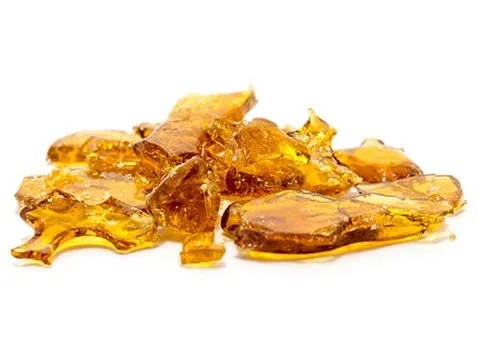
The uptick in live resin costs stems from the solvents used in the process and the safety precautions that come with its certification. The additional safety measures run from installing more sophisticated exhaust and fire extinguisher systems to building full-scale, blast-safe rooms to mitigate any explosions or fires (known as C1D1 rooms). The process of rosin extraction from cannabis flowers is a somewhat more advanced procedure than that of ice water hash, owing to the plant’s natural elements. The move from hair straighteners to purpose-built equipment has helped improve solventless product consistency considerably, resulting in what many are calling the “rosin revolution” that we’re currently experiencing.
How To Make Live Resin
While making live resin requires skill and precision, once mastered it as a pretty routine process that entry level lab technicians can handle easily. When performed correctly and using top-tier plant material, the result is one of the most potent and pliable products around. That said, the live resin extraction process is one that requires pressurized hydrocarbons and is not always made with premium quality material.
To reiterate, the key to live resin’s success is found in the first step and its use of fresh frozen flower. Instead of beginning the drying and curing phase, freshly harvested flower is flash-frozen in subcritical temperatures around -20°F to -40°F to lock in the plant’s freshness and profile. The clipped cultivars remain frozen throughout the extraction process. Typically, producers begin extracting within a day and a half of harvesting. At this point, live resin begins to resemble other solvent-based extraction methods. The frozen plant material is introduced to hydrocarbon solvents that pass through the flower, which dissolved the cannabinoids and terpenes into a resinous mixture. The most common solvent used is butane, but combinations of propane and ethane are sometimes used as well.
Then, the solvent-resin mixture is emptied onto trays which are then put into a vacuum oven to purge off the residual solvents for consumption, or are put into jars to be pressurized to “crash” and make THCA diamonds and sauce. A variety of separations, textures, and modifications can be made depending on the type of material used and how it’s processed. While plenty of live resin is made with high quality clean cannabis, the fact remains that live resin and BHO extraction are often used to remediate cannabis that won’t pass testing for a variety of reasons, including mold, bugs, pesticides, and so on. It’s also much easier to mask low quality starting material with BHO processing because of all of the ways color can be modified in the end product, where consumers often associate lightness or high clarity with quality.
Like most cannabis concentrates, live resin extraction has its variety of processes employed by producers to achieve different end SKUs. In time, as producers gain expertise and wisdom, they are likely to develop their preferred methods for creating unique forms of live resin, often altering the texture, potency, flavor, aroma and other critical areas of the consumption experience that different consumers seek.
How To Make Rosin
Rosin, to make properly, takes its fair share of skill as well. Unlike live resin, making rosin is a more straightforward method but requires material that is completely contaminant free. Also, like live resin, there are variances to the rosin extraction method. That said, most producers follow a relatively similar process that, instead of relying on solvents, focuses on a process that has been refined for decades.
Before diving into how the professionals make rosin today, we want to give the nod to the extraction process’s innovators, namely Soilgrown, who is credited with being the first person to discover modern rosin. Those early extractors that found dual uses for a hair straightener helped shape the rosin-making process into what it is today. While the trend is fading away thanks to specialized equipment, scores of DIY producers still rely on the hair straightener rosin method. While it won’t yield the top-tier, high-volume quantities needed for a business, the old school method can do enough of the trick for personal and small-batch use.
How To Make Rosin Using A Hair Straightener
Those wondering how to make rosin with a hair straightener should consider following a method that first involves gathering a few household items. Start by picking your cannabis flower, parchment paper, and a tool for collecting the extracted oils. Dabbing tools work well if you have any around. The most crucial piece of equipment is your hair straightener. Ideally, find one with a lower heat setting to avoid any adverse effects to the plant’s terpenes – aim for around 200°F – 250°F, if possible.
Once everything is collected, turn on the hair straightener, allowing it to reach the temperature as mentioned above. While it heats, place your flower into a folded piece of parchment paper. Press it shut once the flower is positioned on the paper. From there, place the parchment paper and flower onto one side of the heated hair straightener plates. Firmly press the straightener’s clamp down for 5 to 30 seconds to allow for the resin to be extracted. Once completed, turn off the straightener and open the parchment paper for collection and storage.
While the method may be ideal for inexact home creations, it won’t serve businesses or perfectionists. The hair straightener DIY method has mostly fallen by the production wayside because the tool isn’t suited for rosin extraction. While it got the ball rolling on the endeavor, the truth is that items like hair straighteners, t-shirt presses and other heated plates tend to provide uneven heat distribution on plant material. A varying amount of pressure and heat can result in blowouts or under-extracted parts of the plant.
Thankfully, innovation makes this much less of a concern today.
How to Make Rosin With a Rosin Press
The creation of rosin pressing-specific equipment served as a game-changer for producers and consumers alike, allowing for the creation of products that enable rosin to reach its full potential as a potent, versatile extract. Dedicated equipment helped provide rosin producers with what DIY tools could not: even heat, consistent pressure, and overall improved yields by a significant amount.
Producers can go one or several routes using a rosin press machine, using either flower, hash, or dry sift as their inputs. While newer producers may opt for flower because of its low cost and ease of pressing, it doesn’t tend to make a product that connoisseurs are looking for compared to high quality ice water hash or sift rosin. That said, the vast majority of solventless producers prefer using live bubble hash as their starting material due to its improved quality, aesthetic, and potency. The lighter-in-color extract does require a bit more steps but results in a higher-grade extract if produced using top-grade cultivars.
With flower, the first step is to layout your flower in a rectangle that fits the parchment paper or, much more commonly, to fill a rosin bag with the flower first. Ensure that the starting material is neither too dry nor damp before pressing (around 60% RH is ideal, as measured in a sealed car with the cannabis). Be sure that you’re starting with enough flower to generate a sizable yield, which is often at least a few grams. Additionally, be sure to use enough paper or a bag large enough to collect the extracted oils. Otherwise, a blowout or messy oily overrun could occur.
Once in the paper or bag, place the flower onto the bottom plate of your rosin press machine. Select the ideal temperature and press options. Then, depending on the device utilized, you can begin pressing either a manual or automatic press. The process should be complete after 30 seconds to approximately 2 minutes. Check the final yield and collect the extracted oil in a glass jar as soon as possible.
However, as previously said, most processors prefer pressing hash for a variety of reasons. One of the most important reasons is that flower rosin takes a lot of product to produce yields in the 10 to 30% range. Hash production is more voluminous because you’re already working with a concentrated substance in hash and have far more versatility with the end products since the trichomes are pre-separated in the ice water hash process, allowing for greater SKU flexibility.
The extraction process is similar to that of flower rosin. However, rather than suggesting it, using a rosin bag is a must-have tool rather than an option. Working with hash can result in blowouts and melting oils that parchment paper alone cannot endure. A bag or stainless steel cover is required to keep the extracted materials secure. Even so, don’t fill the bag too full of hash patties. A messy blowout may occur just as easily as occurred with flower, resulting in a big mess on your hands and also wasting time when done incorrectly
Warm Cure and Cold Cure Rosin
The next step is critical in creating various textures and consistencies using rosin, but is only really available to processors pressing hash rosin. With several options to choose from, cold cure and warm cure rosin provide extractors with ample SKU opportunities while offering consumers a bevy of textures to enjoy and put to use.
Warm curing sees collected solventless rosin placed in sealed glass containers exposed to temperatures between 90°F and 110°F. The gentle heat creates changes in the rosin, which helps separate the terpenes which can then be siphoned off for cartridges, diamonds and sauce, or other products. Producers can use many methods to expose extracts to the needed amount of heat, but keeping your rosin away from sunlight is strongly suggested. In certain conditions, a jar can be left out at room temperature, which tends to create a product similar to a wet badder.
Other methods, like heating pads and rosin press plates, are also standard tools of the practice. Depending on the method, temperature, and length of exposure, the warm cure rosin approach should see several texture and consistency changes over time. Some hash makers also use non-pressurized table top ovens that enable low warming, which are convenient.
Another method, known as cold curing, takes the opposite approach. Instead of using heat, producers can turn to colder temperatures. Sometimes even just simply cool temperatures can do the trick. Like warm curing, rosin is left in glass jars over some time, ranging anywhere from one day to a week. Temperatures tend to vary between 40°F and 60°F, resulting in creating a variety of other badder-like textures. In addition to appealing to badder enthusiasts, cold curing is a preferred method of many producers and consumers due to its minimal risk to plant profile degradation.
Like warm curing, cold cure rosin techniques can vary. Some methods can do just fine being left out on a counter in the house for a few days. Others will use a refrigerator to create a cooler, darker setting for its texture to take shape.
What Is Live Rosin?
Rosin itself is an incredible concentrate for consumers and businesses alike. So too is live rosin. Both are incredibly valuable and desirable, though there are differences to consider when comparing rosin vs. live rosin. First, what is live rosin? Unlike rosin, live rosin made with bubble hash that was processed from fresh or frozen flower. Like live resin, this retains the original essence of the cannabis plant, but instead of being bathed in chemical solvents, it’s washed with ice and water to separate the trichomes themselves from the cannabis buds. Those trichomes are then filtered, collected, and freeze dried.
Using fresh or frozen flower might give you an idea of how to make live rosin in the same vein as live resin–and you’d be right in its source material. It’s clear to notice differences in the end product, whether the comparison is live rosin vs live resin or traditional rosin.
Each item has the potential to do wonders for a company’s SKUs, but only live rosin can typically tout itself as the most flavorful item of the bunch due to its retained plant profile. Keep in mind that its texture will change as well. Unlike rosin and its oily nature, live rosin’s texture will more likely take on a buddery consistency when stored improperly.
Which Is Better? Live Resin or Rosin
In the battle of live resin vs rosin, a case can be made for either–with some saying the consumer wins out regardless.
The benefits of rosin and live resin can justify why a consumer would choose either. However, the decision ultimately comes down to preference. Those seeking the highest THC potency possible at the lowest price point may choose live resin. On the other hand, consumers seeking the highest quality, whole plant consumption experience are likely to prefer live rosin.
The choice for producers can be a bit more complicated. Until recently, it was fair to ask, ‘is rosin profitable for my company?’ Those days are gone, as solventless extraction continues to close the gap in quality and yield production. Coupled with the significantly lower startup costs, and it is clear that rosin and other solventless extracts are undoubtedly worthwhile endeavors for any producer.
